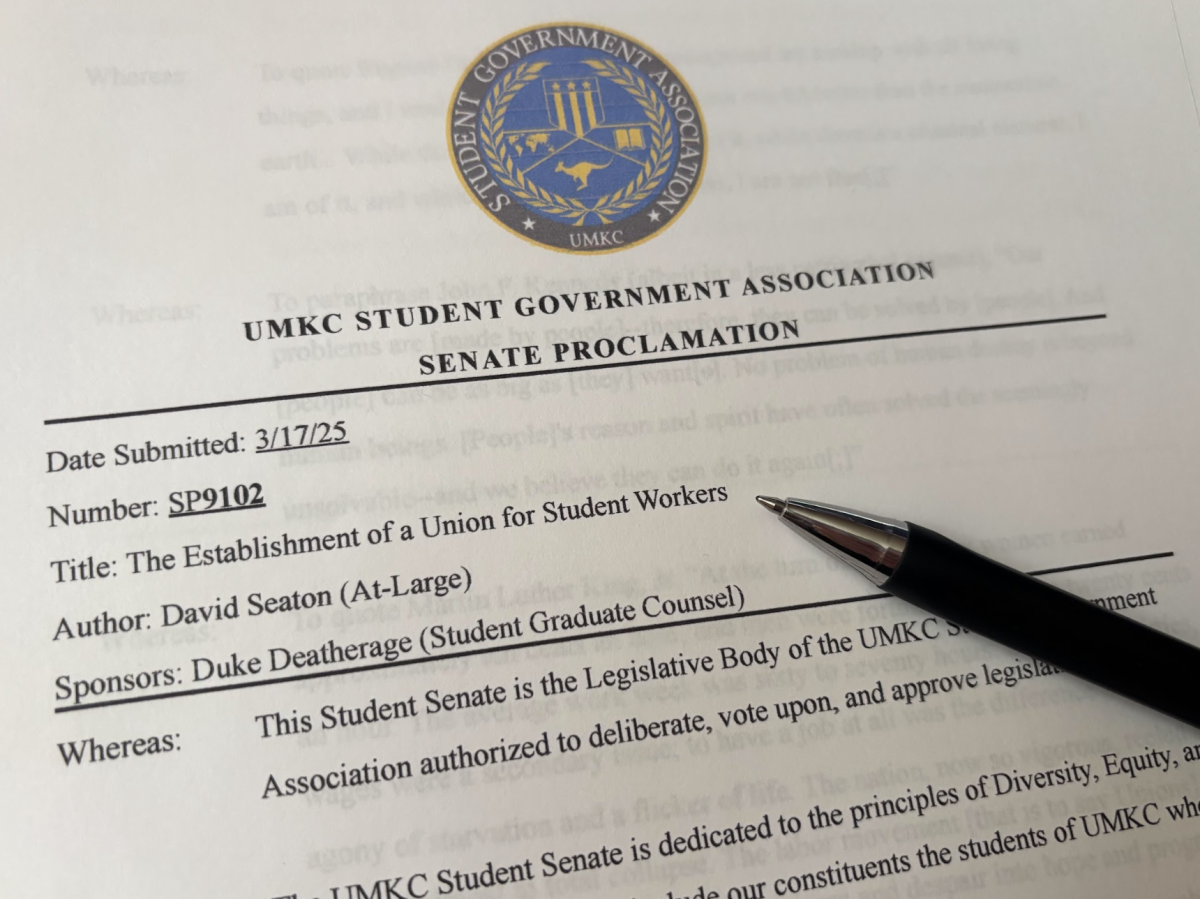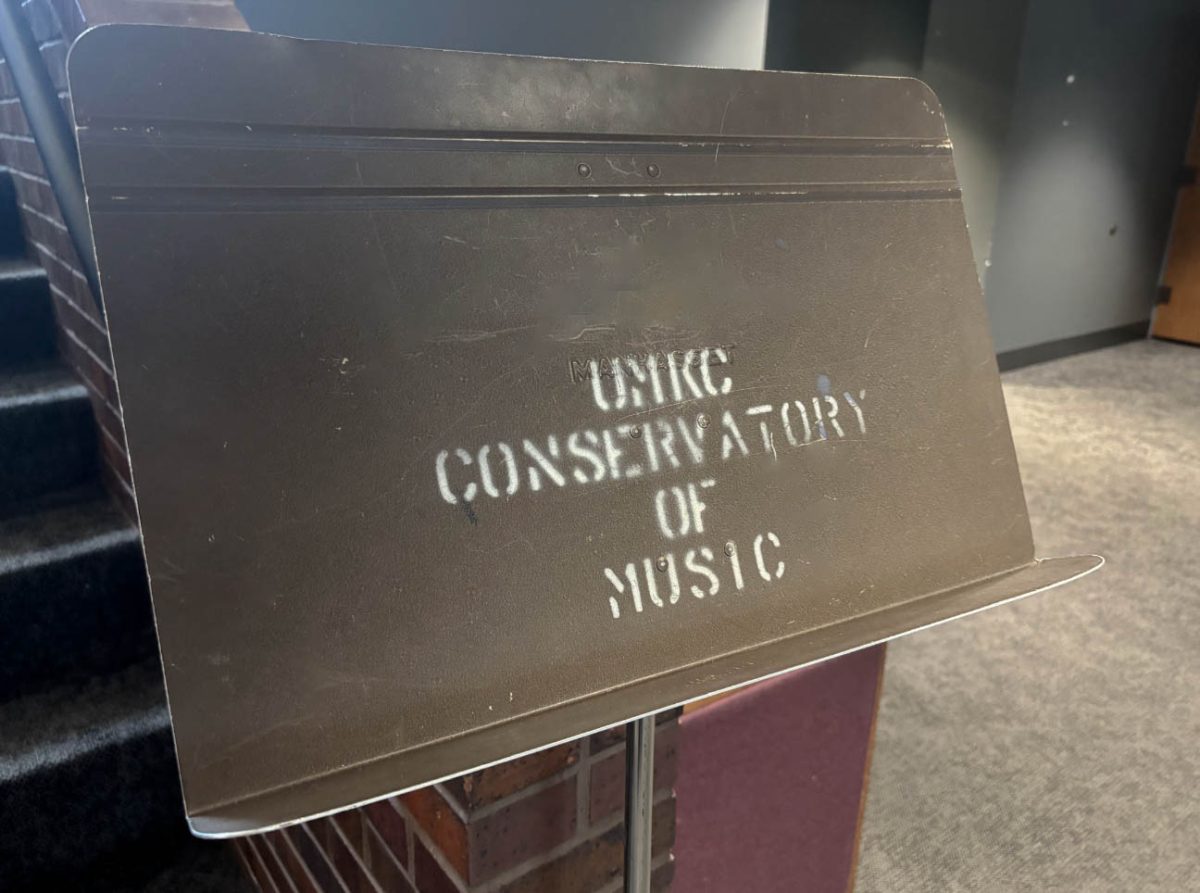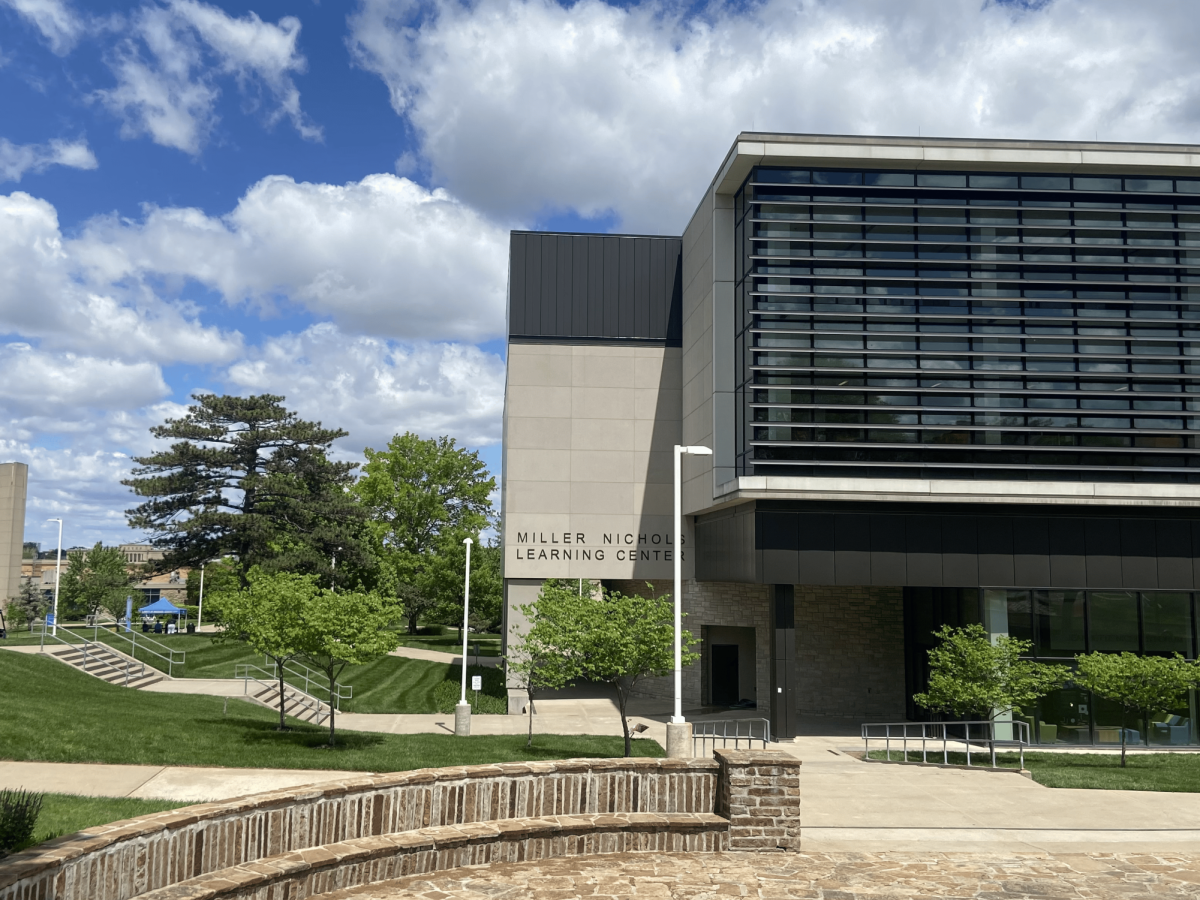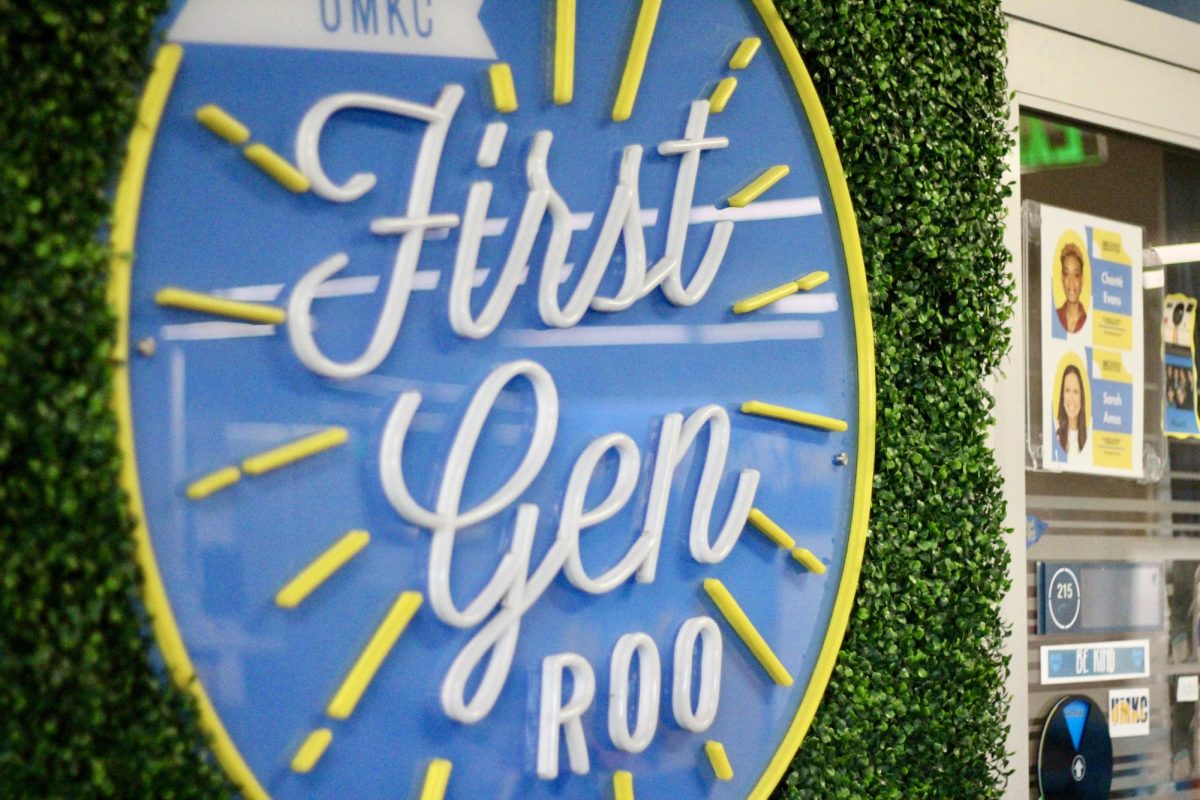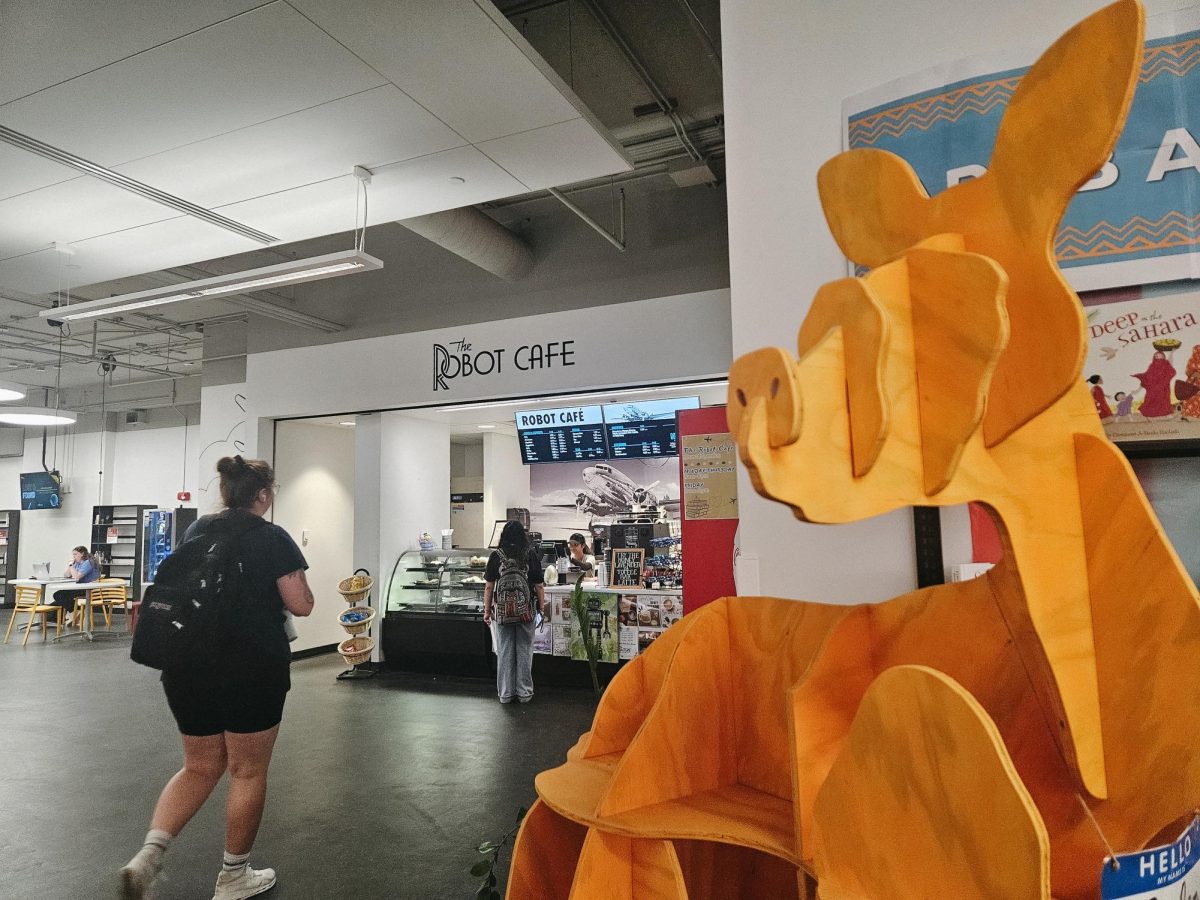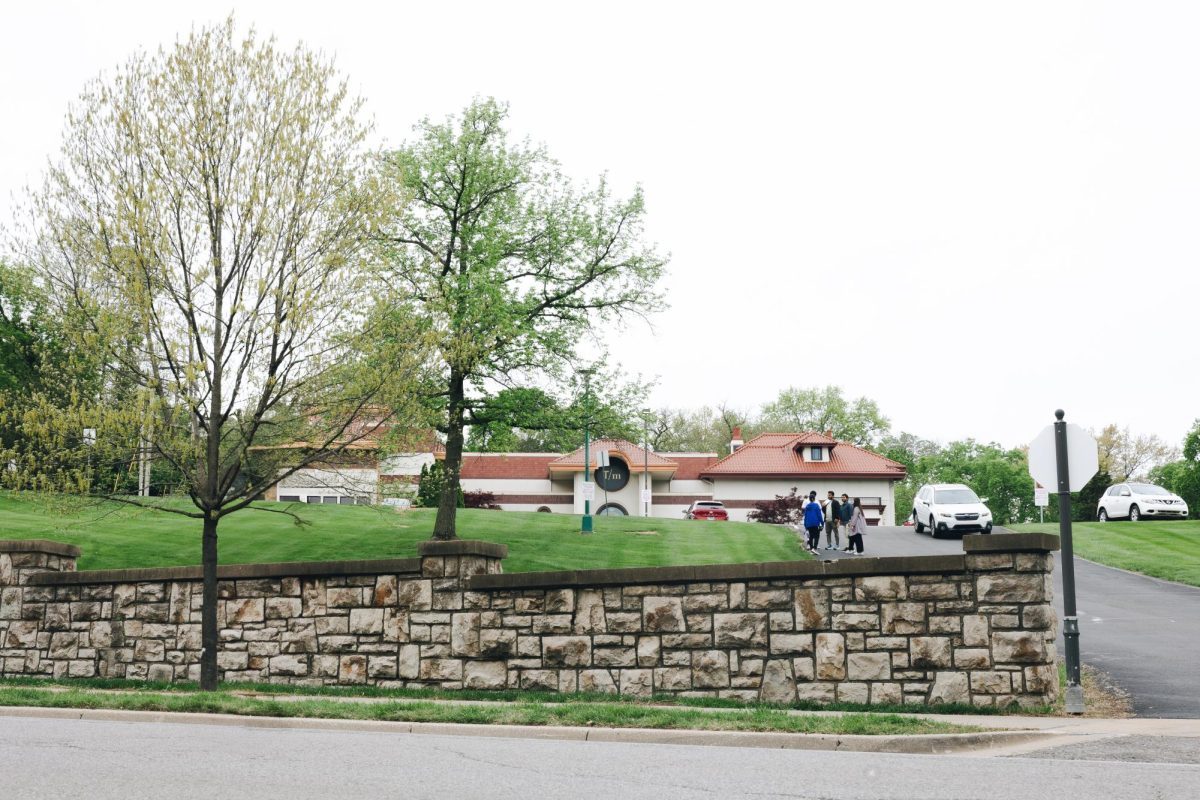The Student Government Association (SGA) is urging UMKC leaders to be more transparent about why this year’s 5% undergraduate tuition increase was needed.
In a statement released Tuesday, SGA said it believes the tuition hike, announced in May, was poorly communicated. Additionally, SGA said the university should’ve included information for how it would help students who couldn’t afford the increase.
SGA President Yasmen Hassen said many students were asking her for details about the increase.
“The minute that the email was sent out, I had multiple people texting me asking about it,” said Hassen. “Students expect us to have that information and communicate that to them, but we can’t if we don’t receive it ourselves.”
The University of Missouri Board of Curators approved a 5% increase for all undergraduate students and 3-5% raise for graduate and professional students in the UM System, going into effect in 2024-2025.
“The tuition increase will ensure that we keep delivering results that change lives and support the economic development in Missouri,” said University of Missouri President Mun Choi in a May statement.
Hassen said that SGA wants to bridge the gap between upper administration and student leaders.
“Upper administration can’t reach every student, that’s just a given. They can’t reach all 15,000 students here on campus,” said Hassen. “It’s the student leaders’ job to communicate, but it’s really hard when we don’t know the answers.”
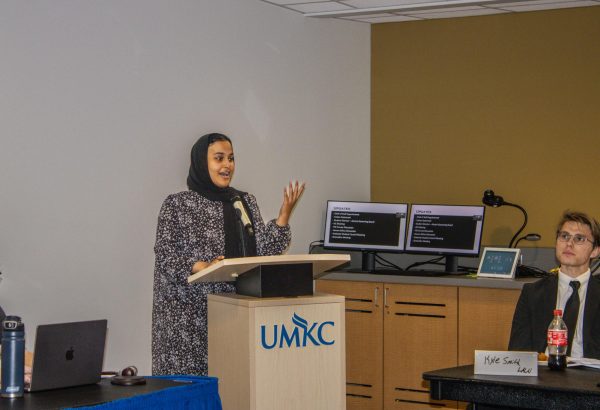
The statement calls for clearer and empathic communication to the students. It argues that having a mass statement sent out from the Board of Curators instead of UMKC made “it feel like a company memo and not a student concern.”
Alex Unseth, the SGA internal affairs director, said he wants this statement to create a culture of direct communication from the administration to students.
“We’re trying to get the administration to give as much information as possible, as early as possible,” said Unseth. “It can give students a sense of comfort in their university, rather than not knowing why, especially when it comes to something like money.”
Unseth said that students regularly receive emails from the university about partnerships with the Chiefs and the Kansas City Current, but fewer updates about student issues. During his time as a Bloch senator last year, Unseth noticed a gap in information about issues with university housing.
“When the dorms flooded, it took the university awhile for them to even say that it happened,” said Unseth. “It becomes an issue of not just informing students, but making clear what happened instead of trying to brush it under the rug.”
Scott Nguyen, the SGA vice president, said students should be able to see where the extra money will be allocated. SGA understands that tuition increases happen, said Nguyen. However, that does not mean students should be left confused.
“We want to make sure communication is crystal clear because we are paying extra money. The statement is not meant to be disrespectful to anyone,” said Nguyen. “We just want everyone to be on the same page.”
Stacy Downs, the director of strategic marketing and communications, said the administration understands the financial challenges many students deal with. The tuition increase, according to Downs, was able to help expand counseling and career services, scholarships and students success programs.
Downs said capital projects, like the Healthcare Delivery and Innovation Building, are not funded by student tuition raises, but state and federal funding and private donations.
Before the tuition increase was decided, SGA had a meeting with the administration about finances.
“The executive leaders of SGA had received a briefing on the campus budget prior to the Curators meeting, before tuition rates were approved,” said Downs. “The student leaders have let us know that they would have liked to learn the outcome prior to the full campus communication.”
alwnmg@umsystem.edu


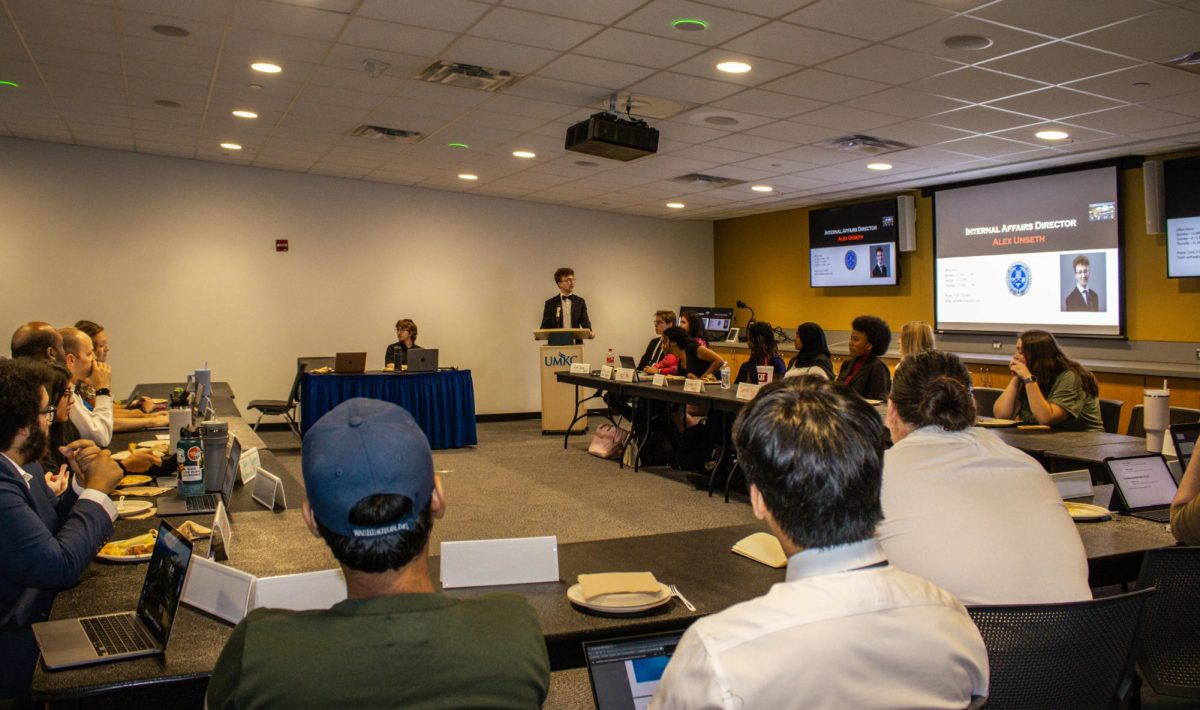



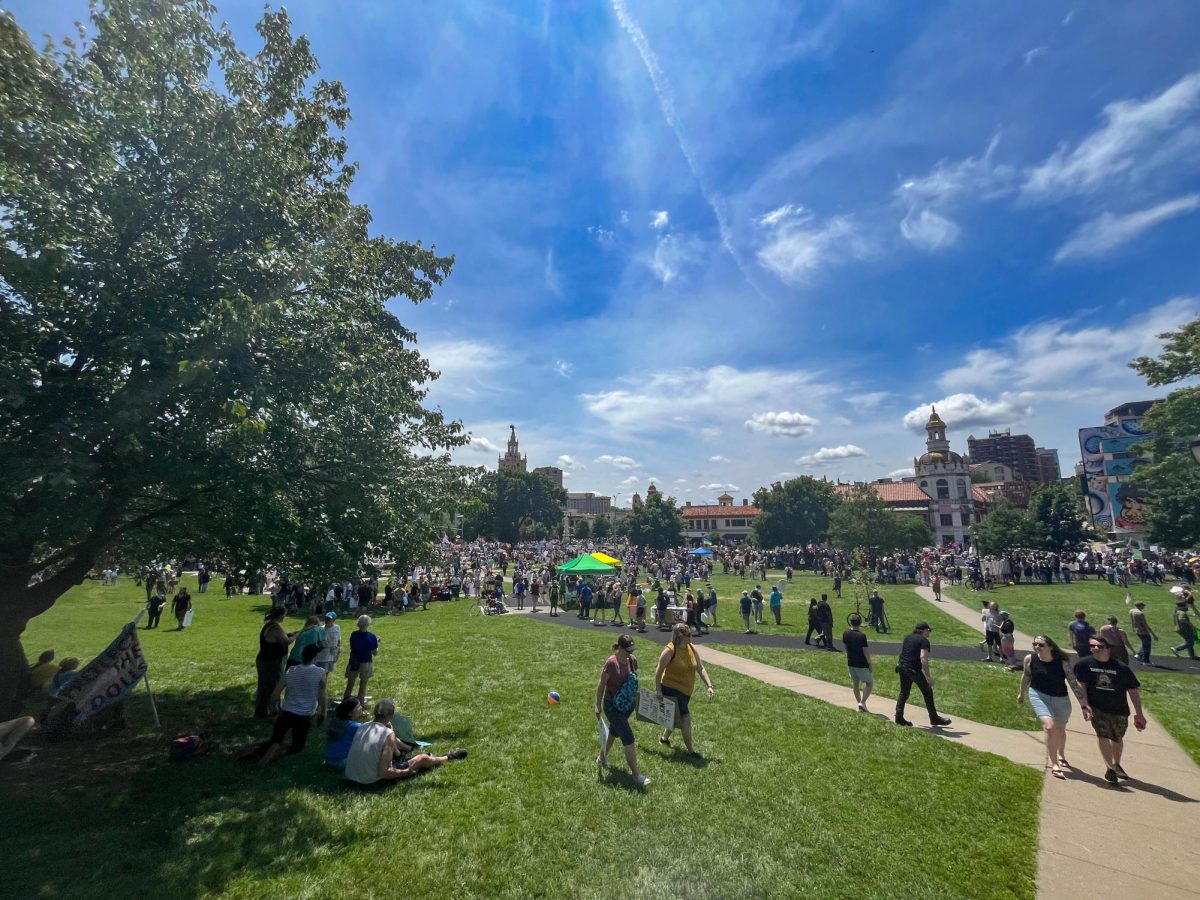


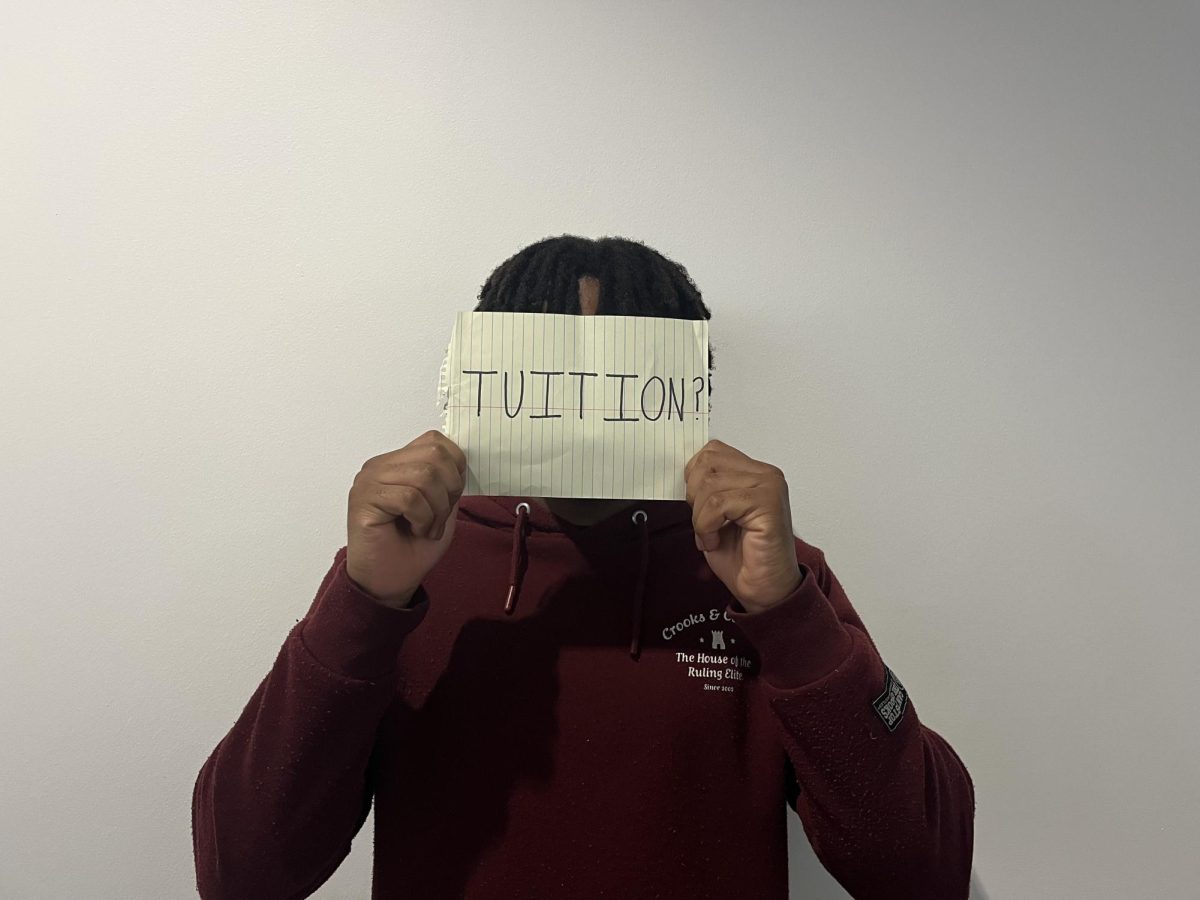
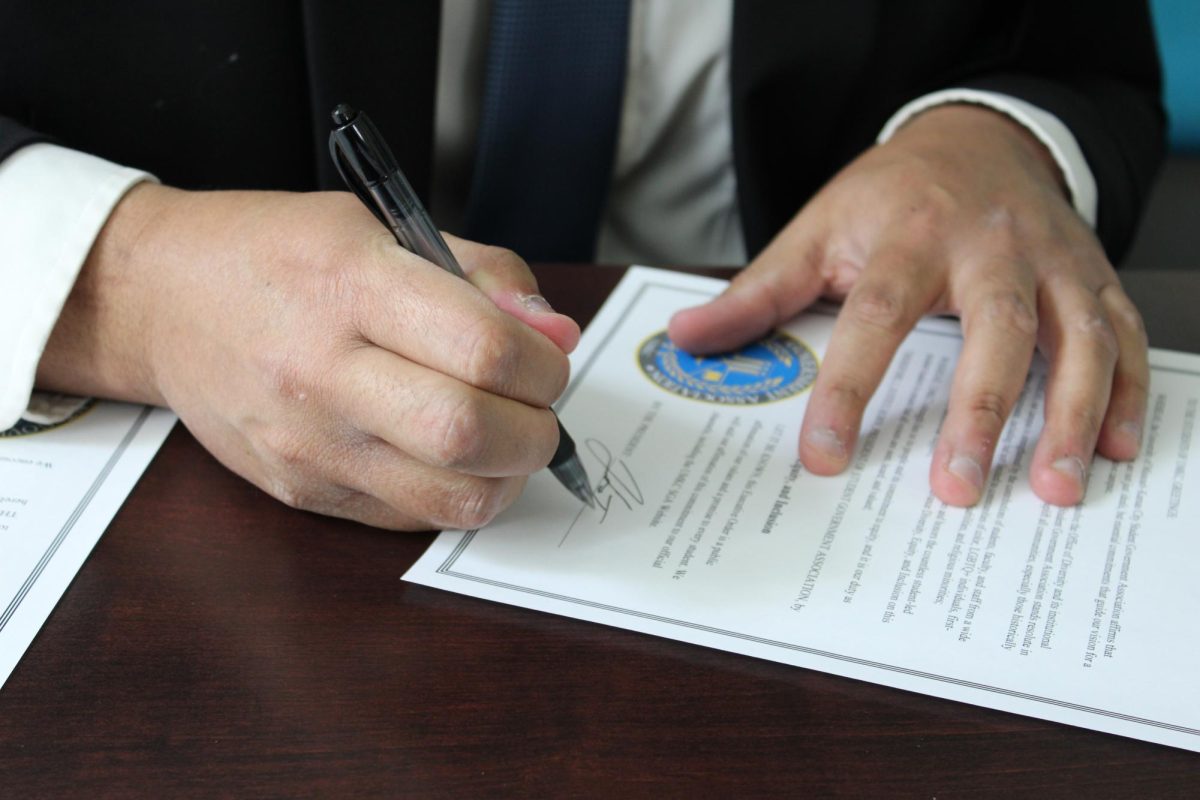

![Alex Unseth [left] and Yasmen Hassen [right] speaking at the dinner.](https://kcroonews.com/wp-content/uploads/2025/04/SGA-1-1200x800.jpg)

